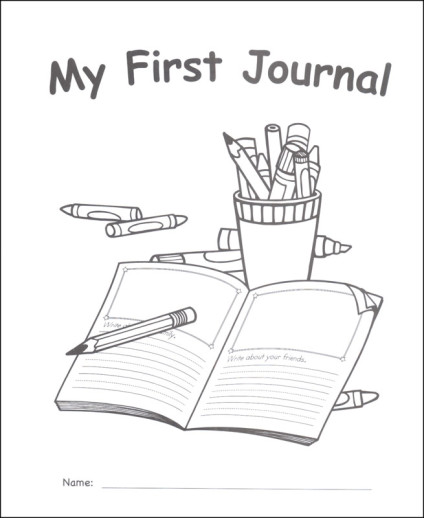We use cookies to make your experience better. To comply with the new e-Privacy directive, we need to ask for your consent to set the cookies. Learn more.
My First Journal
My First Journal is a journal specially design for early readers. Each page features a simple writing prompt, including three tablet lines for an entry and a space above to draw a picture related to the prompt. The writer may use colored pencils, crayons, or whatever art utensil is desired. The pages are fairly thin, so substances like paint and markers are not recommended. The tablet lines are approximately 6" long and 17mm tall. Once completed, this journal will be a work loved and cherished for years. 32 pgs, pb.
Students will be proud to have their very own books, and teachers will love watching their progress! My Own Books feature word lists, writing ideas and tips, plus plenty of space for students to build vocabulary, create stories and journal thoughts. Ready-to-color covers add to the fun. 32 pages, 8½" x 7". Aligned with Common Core and State Standards. Supports requirements of Title I and other federally funded programs.
Ownership is something children understand. A child completes these books with their own thoughts and opinions. For example, in the book My Emotions, one page shows four little frogs all with different expressions. The prompt asks you to circle the frog that is closest to how you feel today. Then explain why on the lines below. It is simple and effective by providing choices plus room to elaborate. A child learns to notice how they are feeling but is not told how they should feel. The other titles have a similar open-endedness to the pages with healthy introspection, or just a personal list of books read and sight words learned!

